In this section of the Colossus Movie Guide for Inception, we look at the key shots that help us understand the film.
Key shots of Inception
The Team

This is perhaps the only time in Inception when we see the entire group of protagonists together in a single shot. The story often has the characters divided up. Either due to plot logistics, like Yusuf being a late addition to the team. Or mission logistics that cause everyone to be off on their own assignment. Even when characters are together, Nolan tends to favor close-ups and medium shots that tend to shot-reverse shot between 1-2 characters rather than a wider shot that includes everyone. So having a wider, character-inclusive shot is a rare treat that lets the audience know: this is the team.
The dream-share machine
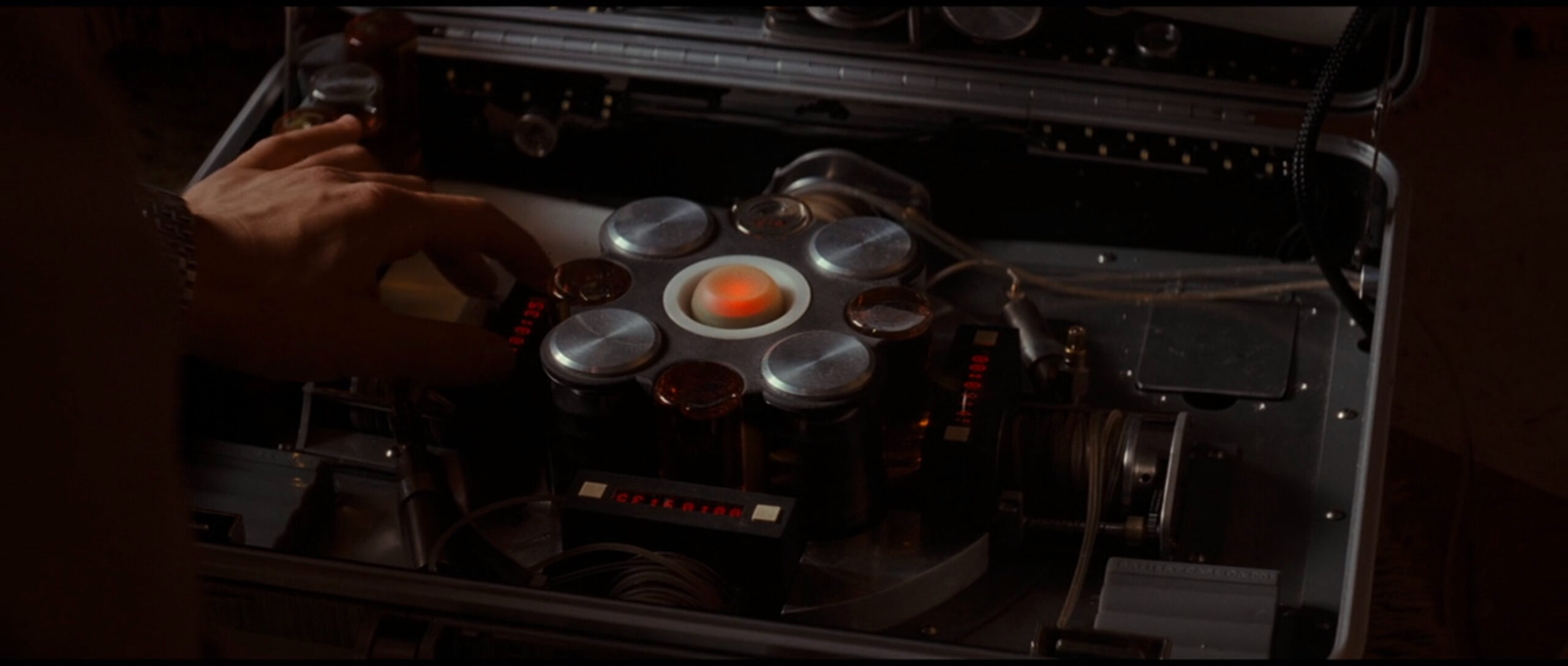
Inception‘s entire premise relies on the premise that technology exists that allows people to share a single dream. For obvious reasons, Nolan doesn’t spend much time explaining how or why this works. But there are a few shots of the machine that makes it possible. Often just showing off something like this is enough to get the audiences to suspend disbelief and accept the idea. Seeing the machine earlier allows viewers to stop worrying about logistics and just go, “Okay, sure.” and fall into the story.
Ariadne’s maze
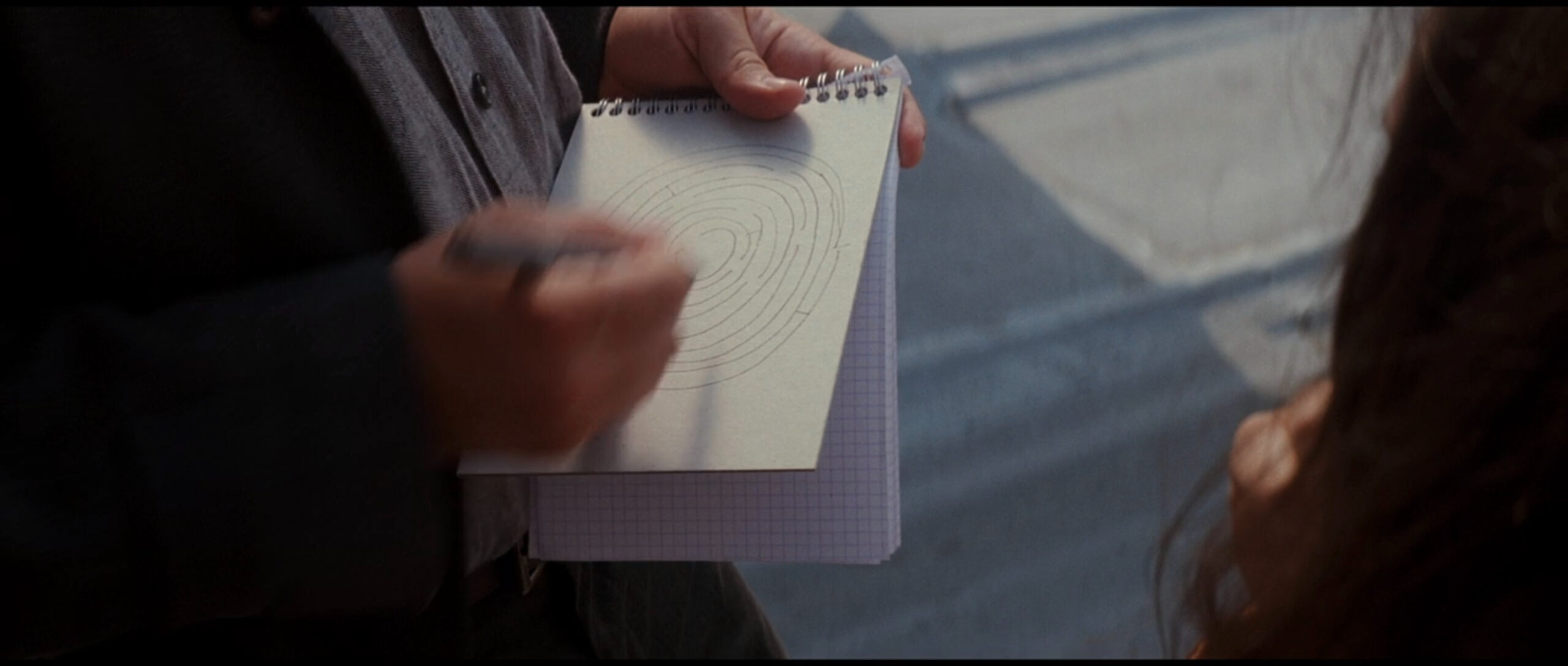
When Cobb recruits Ariadne, he challenges her to draw a maze in 2 minutes that takes 1 minute to solve. Her first attempt is on lined, graphing paper. The maze is easily solvable and Cobb’s visibly disappointed. On her second attempt, the same thing happens. Cobb, again, is disappointed. On the third attempt, Ariadne flips the notebook over, eliminating the rigidity of the graphing paper. On the open surface, she changes the maze from linear to circular. Cobb struggles to figure it out. Ariadne has passed the test.
Inception reflects on dynamic differences between reality and dreams, especially when it comes to perspective. Cobb’s entire character arc is about the perspective he has on his wife’s passing and the way in which he moves from blaming himself to forgiving himself. When Ariadne flips the notebook from the rigid lines to the blank back cover, she’s changed her perspective. And the changed perspective allows her to solve the puzzle Dom presented her (ironically with a puzzle he can’t solve). This brief exchange encompasses Inception‘s core emotional arc.
The folding city

One of the wilder visual moments. In 2010 this was mind blowing. It cemented Nolan as a cutting edge blockbuster filmmaker. In the years since, a number of movies have one-upped this scene (the first Doctor Strange comes to mind). But it was certainly a game changer and awe-inspiring. This moment is also the first real taste of how over the top Inception is about to get. Before, the dreams had some interesting moments but nothing huge like this. After seeing Ariadne fold an entire city block, the audience has no idea what to expect. Suddenly anything seems possible. Which is the feeling you want in a movie set in dream worlds. There should be a sense of fantastic scope and scale.
Arthur’s hallway fight
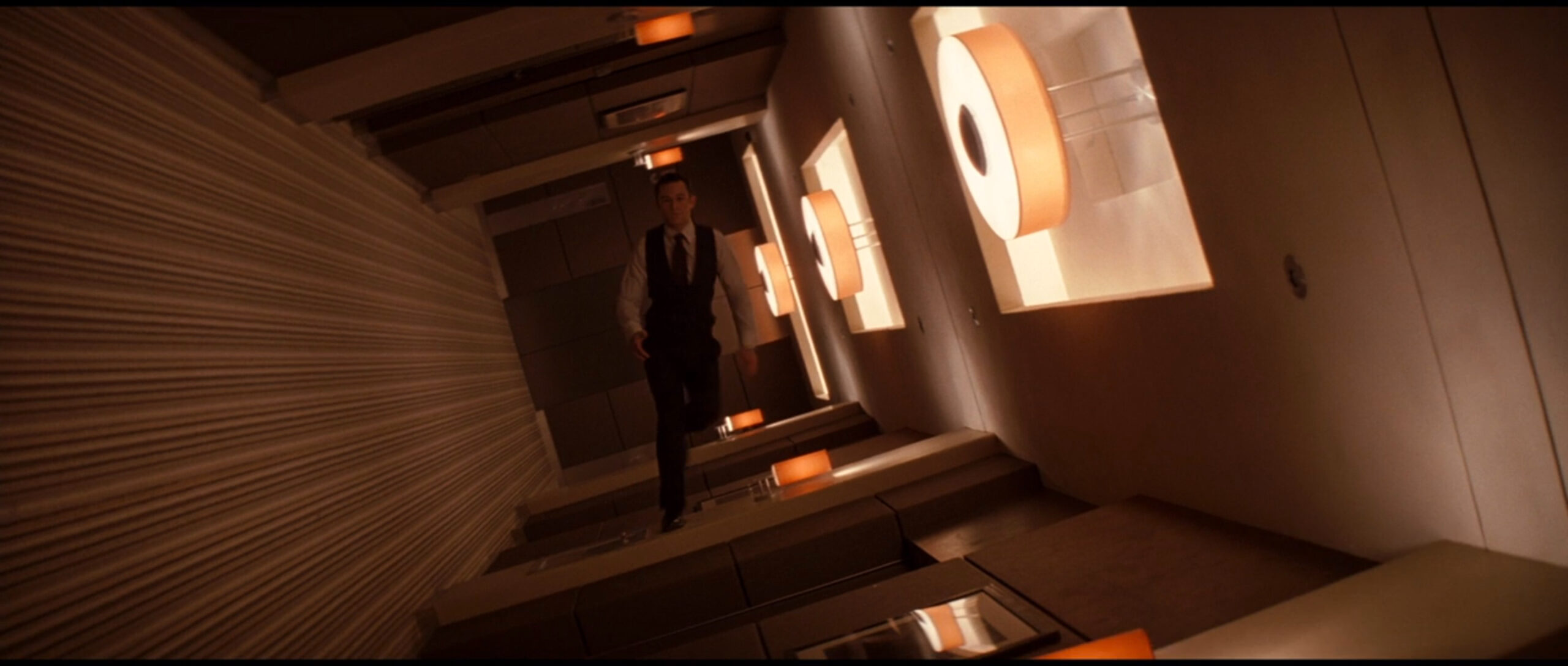
Another moment that was spellbinding in 2010. The physics of Arthur’s gravity-shifting hallway battles were pretty mind-blowing. They delivered on the promise of a dream world being a place that defies logic as we know it. Watching Inception over a decade later, this scenes feels all too brief. Nolan himself would iterate on this moment in his 2020 film, Tenet.
Crumbling Limbo vs Romantic Limbo
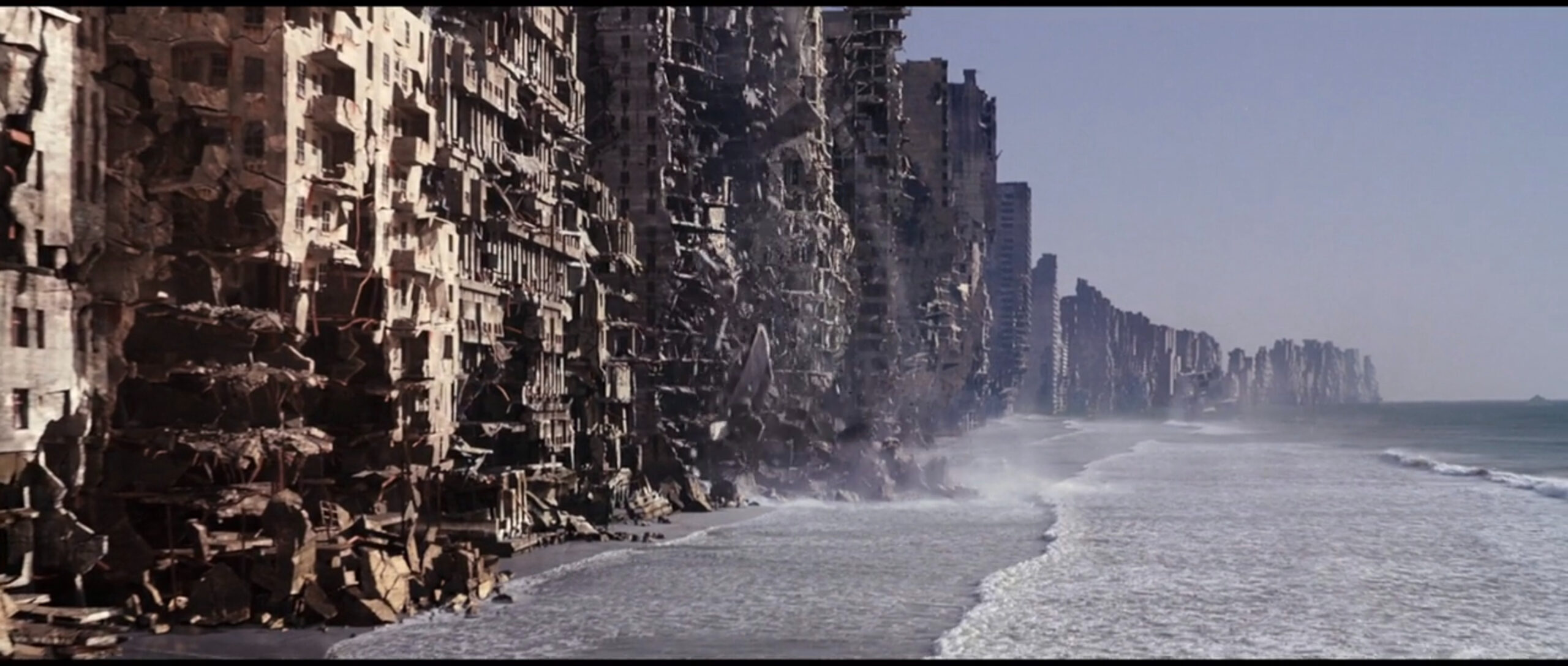
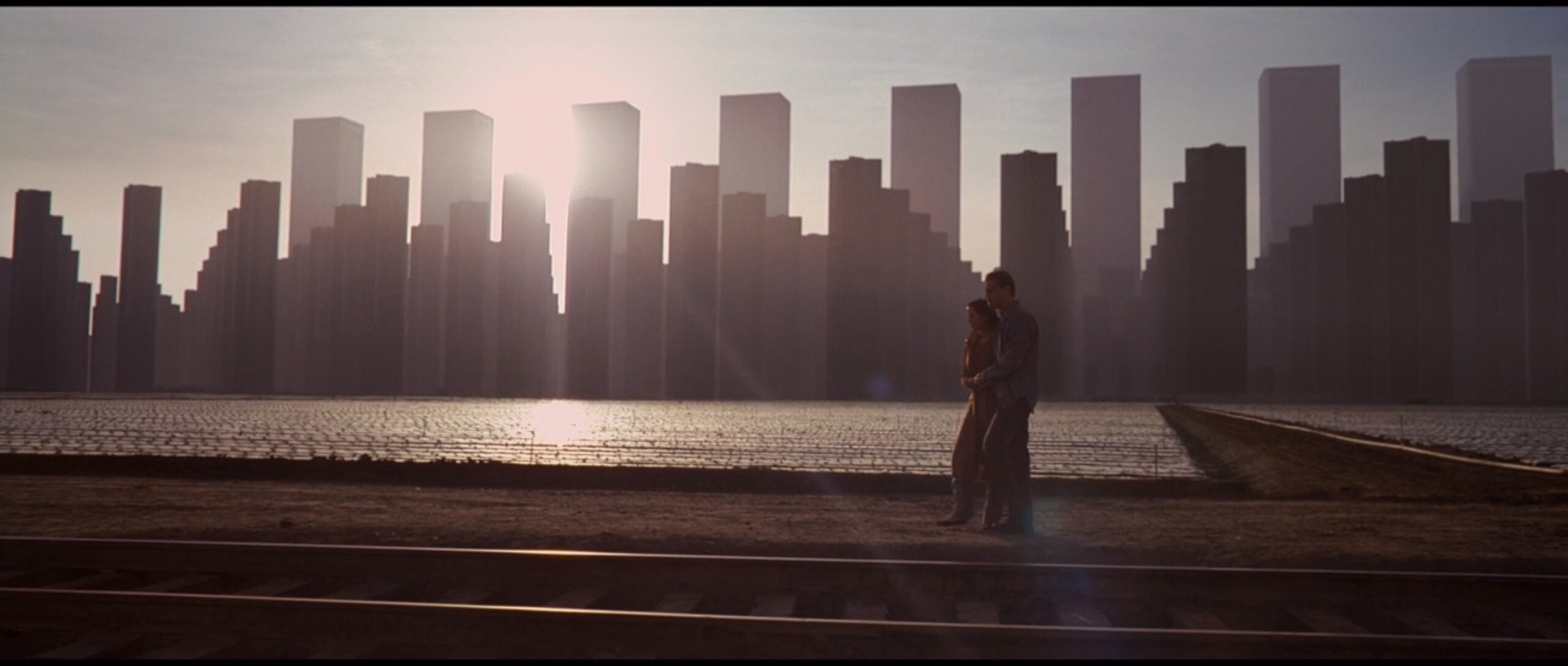
When we first see Limbo, there are thousands of decayed, crumbling buildings. An entire, abandoned city about to fall to ruin. There’s initially zero context as to why Limbo looks like this. But just a bit later, we find out that Limbo’s like this because Dom and Mal spent decades there. And because it’s a dream world, they were free to create whatever they wanted to create. The city was their home. Their work. Their shared creation. It was a byproduct of the bulk of the happiest years of their relationship. So it very much represents Dom and Mal. When they were there and happy, it was lovely. After the tragedy, it’s become tragic.
Leaving Limbo, returning to reality


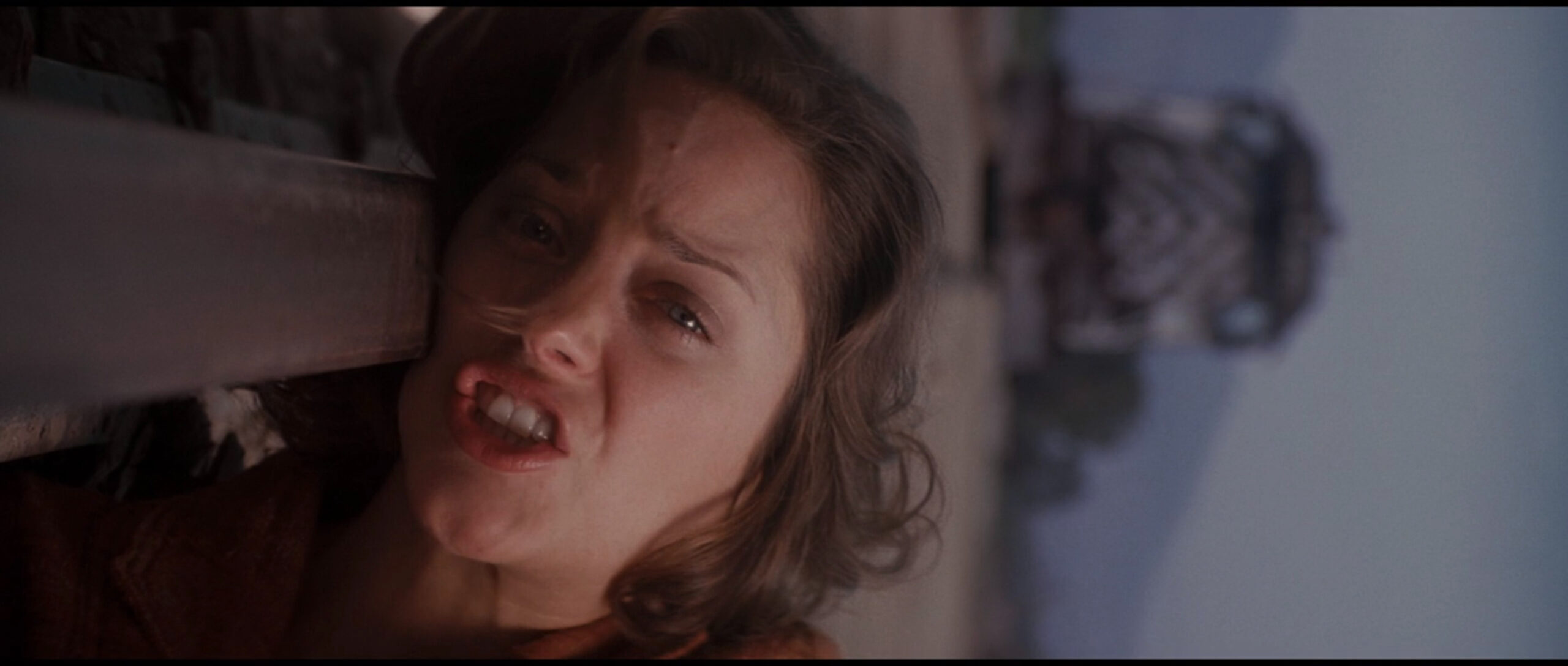
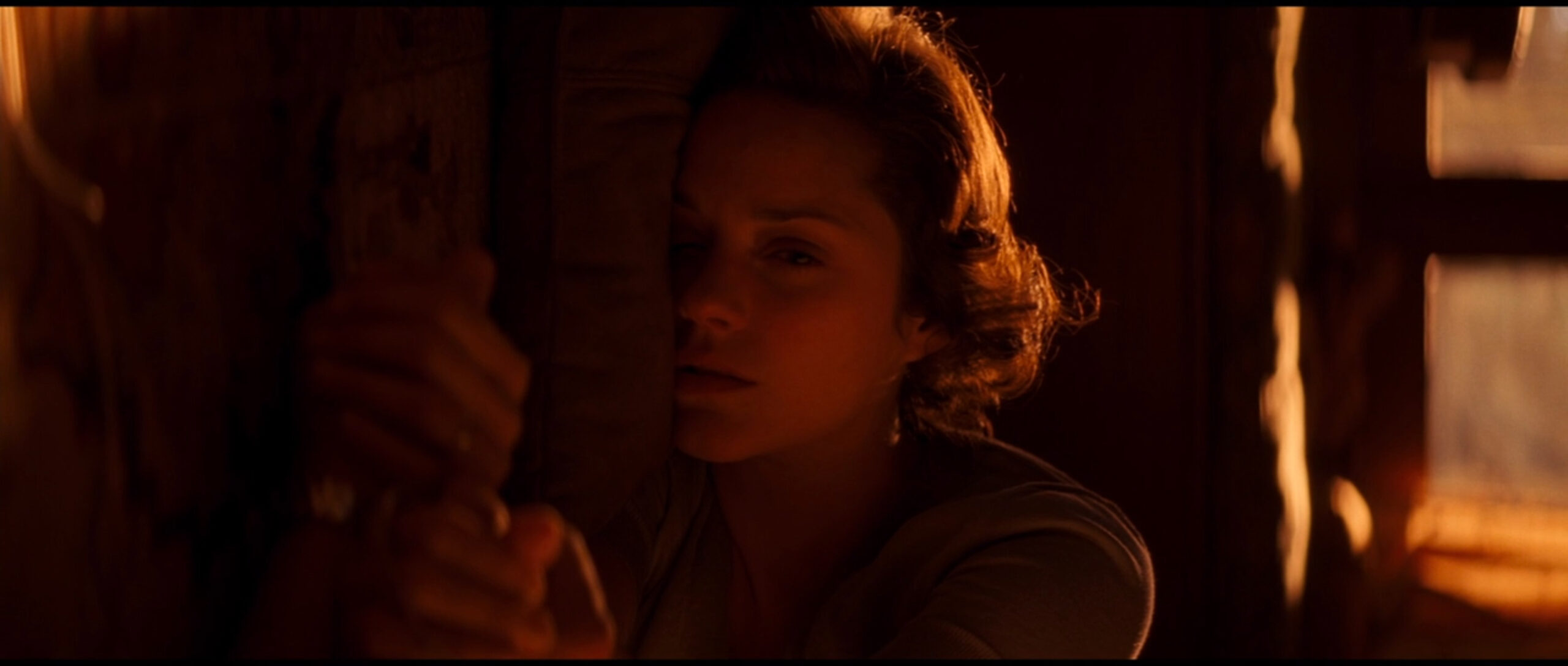
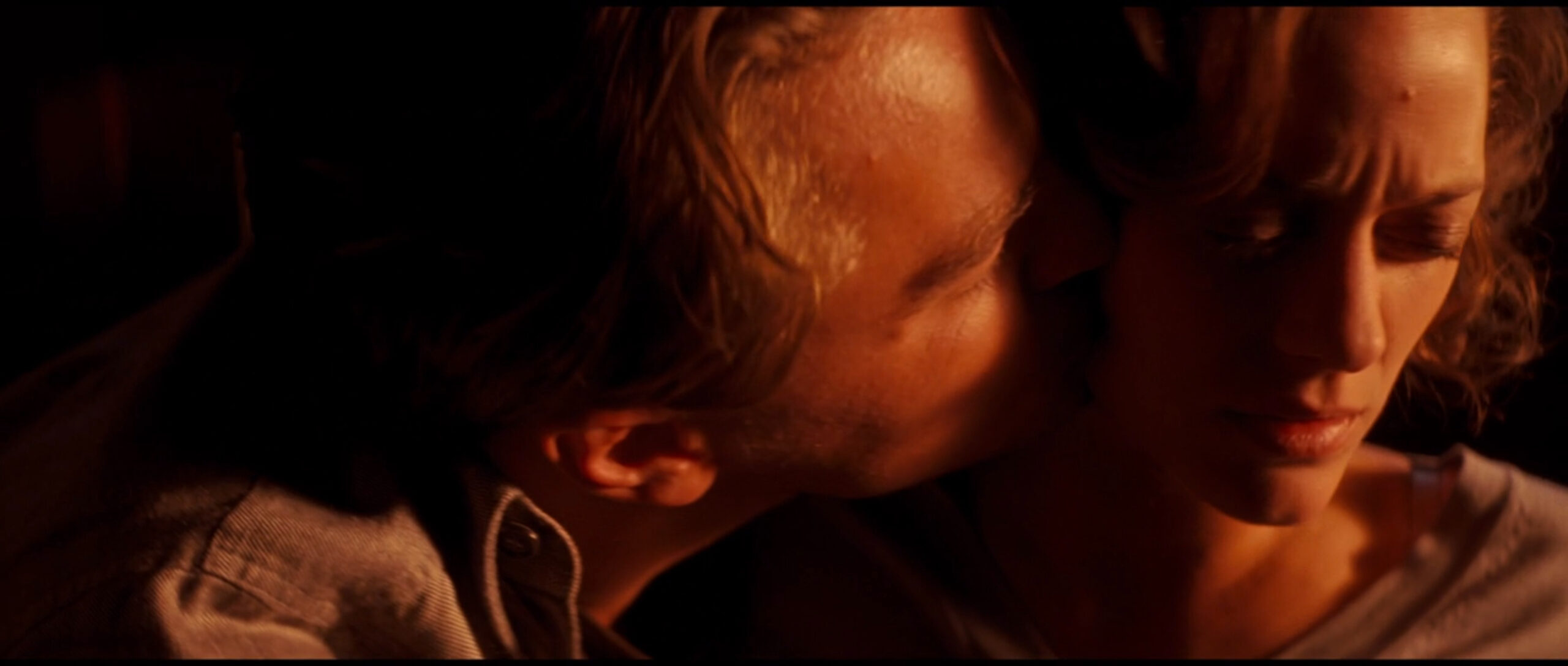
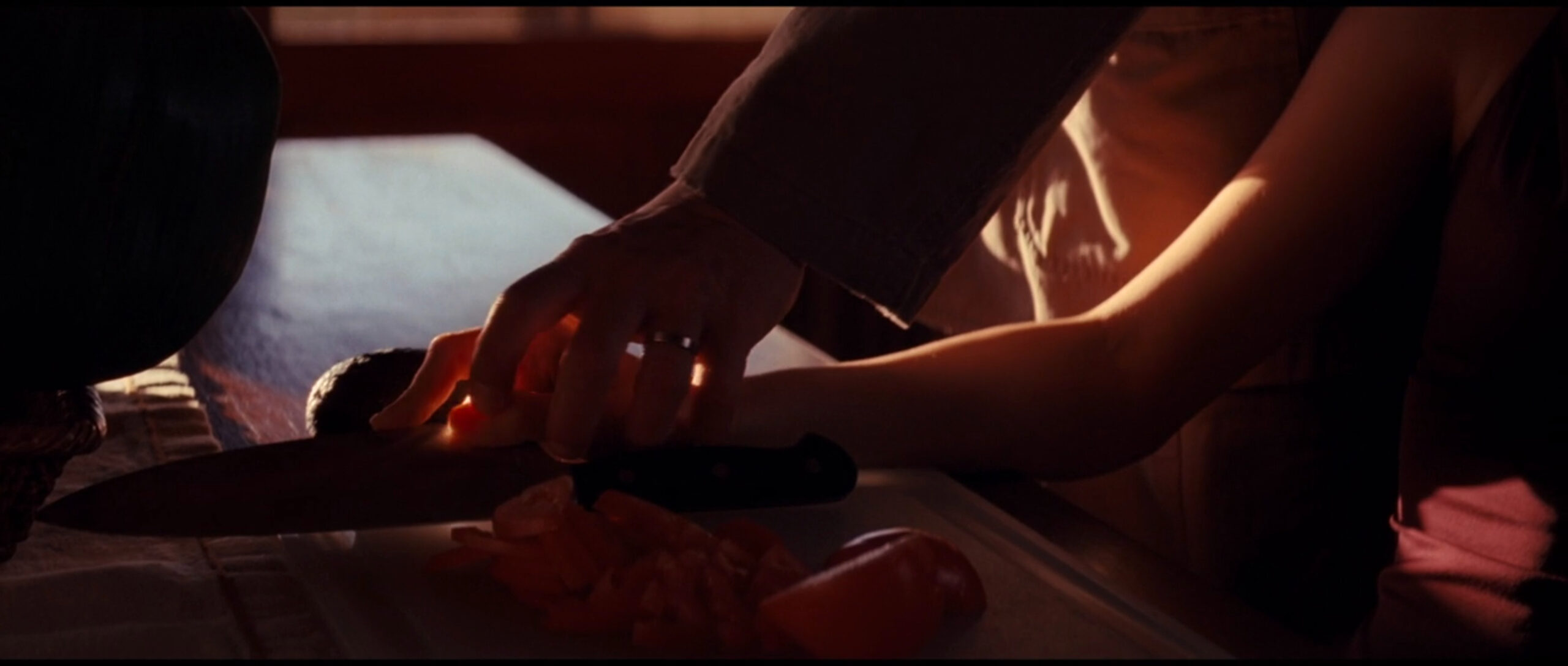
This quick series of shots captures the tragedy of Dom and Mal. When they were in Limbo, they were united. That’s reflected visually in their clasped hands and how when they’re on the tracks they’re facing one another. But as soon as they awaken, the distance grows. The shadowed room reflects the doubt in Mal’s mind as she can’t get over the idea that reality is actually the dream, that Limbo was reality. When Cobb goes to kiss her, she turns away. When she’s cooking, she fingers the knife in a way that causes Dom to take her hand from the blade. Just that visual contrast from their hands clutched to her hand on the blade and his hand on hers—it’s amazing. It tells you everything you need to know about where the relationship was and where it got just through visuals, no words needed.
The elevator and hotel room
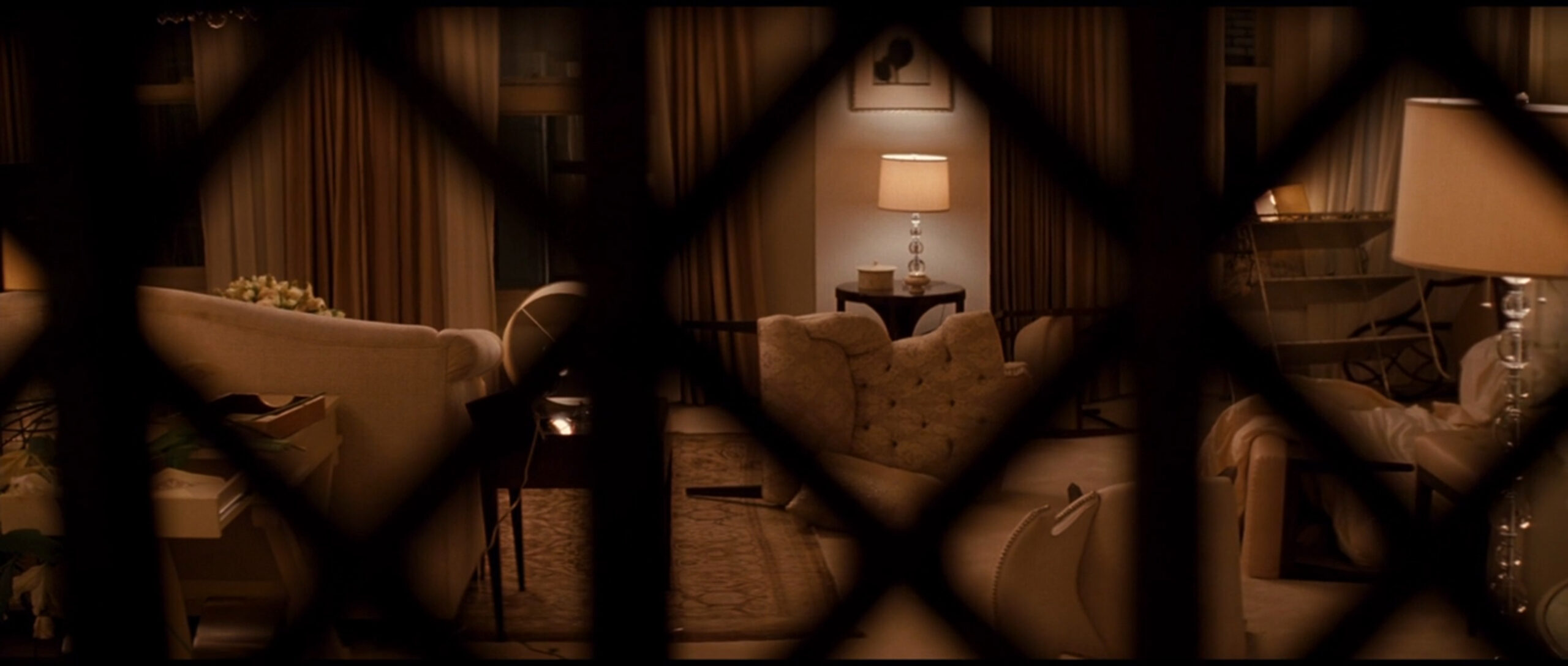

The hotel room is where Mal took her own life. And it’s the place Cobb keeps buried deepest in his subconscious because it’s the most painful place for him to go. Nolan has Ariadne and Cobb travel through his psyche via an old-school elevator with a gate. It’s a practice solution to the idea of descending into someone’s psyche. But it allows for the added effect of having these shots where the gate looks like the bars of a jail cell. We know Cobb’s failed to process what happened with Mal. The gate reflects that refusal to engage. It divides him from the moment and keeps “Mal” locked away. The shot of Mal looking up at Dom and Ariadne as they flee might be Inception‘s most haunting image. The chaos of the room, the horror of Mal, visually conveys how complicated Dom’s emotional state is.
The runaway train

Of course the train calls back to when Dom and Mal woke up from Limbo. This is the train that hit them. From Inception‘s opening sequence, Dom’s had subconscious intrusions related to Mal’s passing. But they’ve been somewhat minor. Flashes of his kids. Broken glass. Mal herself. Cobb keeps telling people he’s okay, though. That he has control of himself. Then the train erupts onto the city streets and plows through traffic, disrupting the carefully planned first phase of the heist. This is the story declaring that Cobb doesn’t have control. That his repressed emotions are a major issue and they’re about to wreak havoc on this whole thing. And boy do they ever.
Dom’s kids
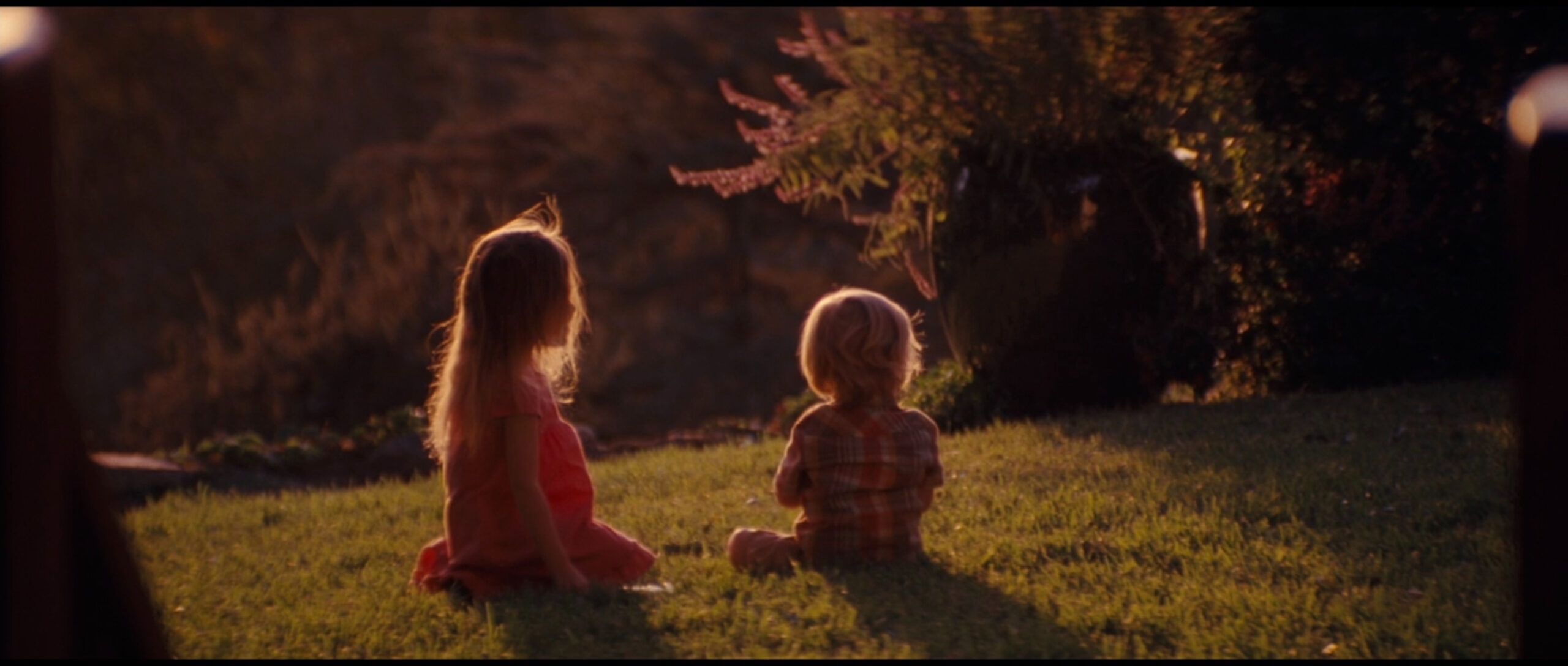
People really like closure. We legitimately yearn for it. A basic, basic example of this is if a song you know comes on the radio and right when the chorus hits someone changes the station. Because you didn’t get to hear the chorus, some part of you feels unsatisfied. To the point where you’ll change the station back. Or maybe you listen to it when you get home. Or maybe you just have the song stuck in your head for the next two days and can’t stop singing the chorus to yourself.
Artists understand this and use it to their advantage. Just look at The Karate Kid. Daniel keeps getting beat up by this group of bullies. That creates a desire to see him win a fight against them. We watch him study karate, get good at karate, then enter a tournament where he fights, one by one, all the guys who had beat him up previously. Finally, he has the showdown with the main bully, Johnny Lawrence, and it’s extremely satisfying when Daniel wins. That’s closure.
This technique can be used a lot more subtly. In Inception, Nolan uses it with Cobb’s kids. Cobb keeps having visions of his kids from the day he left them. It’s been years. And the moment he last saw them is burned into his brain. They were outside, playing, not facing him. And he keeps seeing that moment. They either get up and run away, out of sight. Or something pulls him away just when they’re about to look at him. For 2 hours, we never see their faces. That visual denial reflects the distance Cobb feels and passes it onto the viewer. We’re “omniscient” but even we’re denied seeing what the kids look like. When Cobb finally goes home and the kids look up at him and smile, the audience feels a similar sense of relief and closure. We didn’t spend years not seeing them. But we spent the entire movie.
Watch The Karate Kid:Dom and Fischer and totems
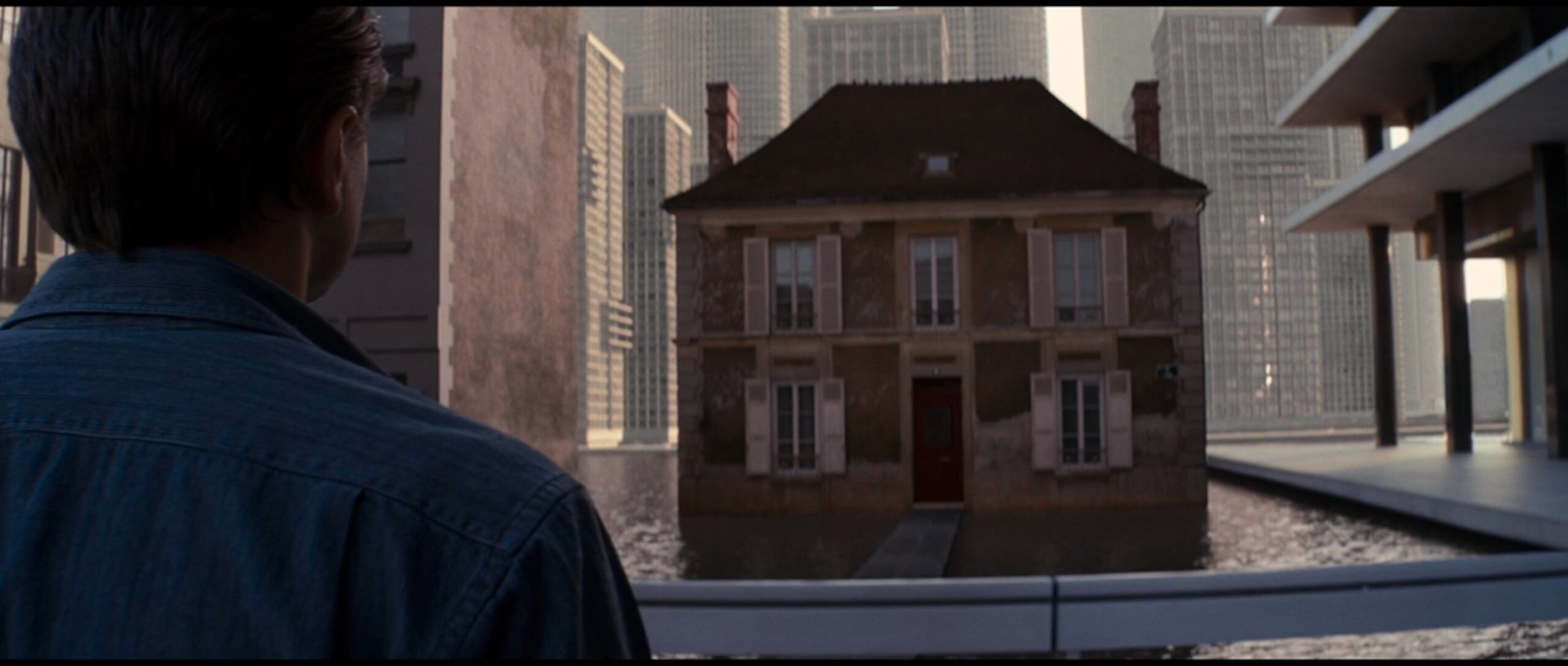
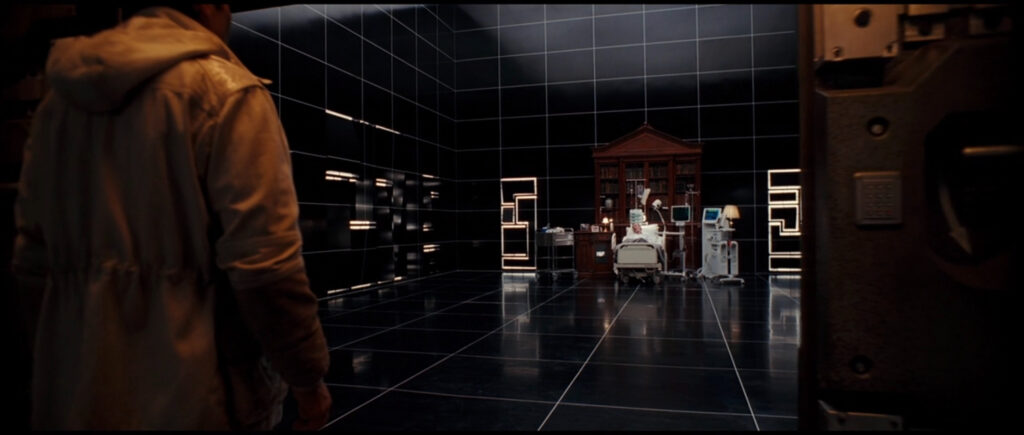
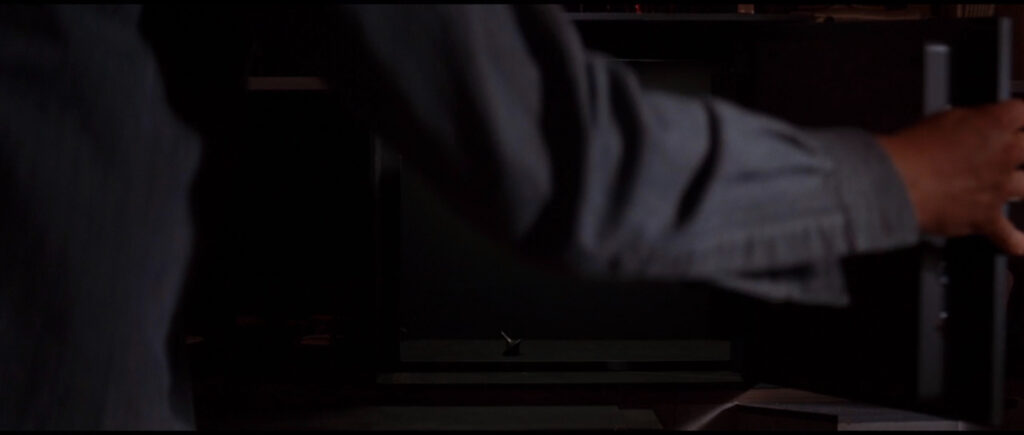
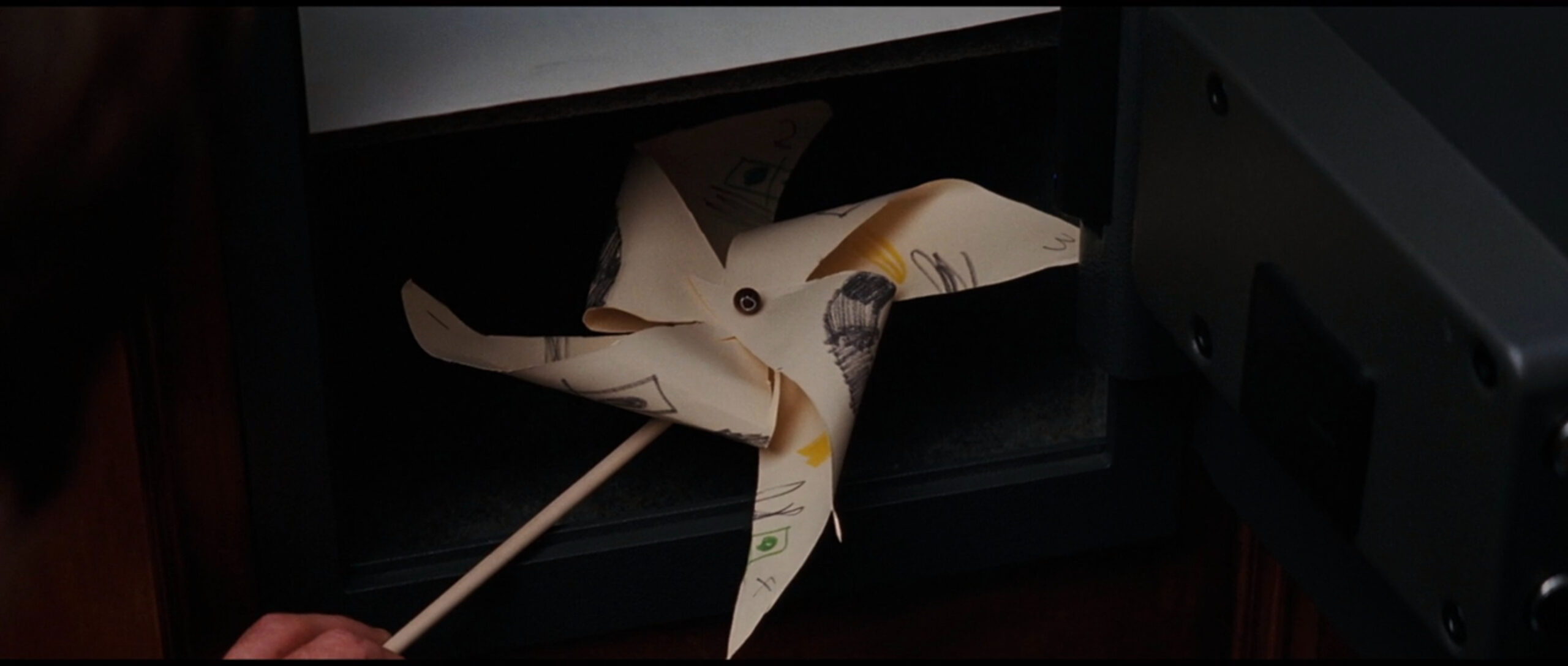
Narratives will sometimes have parallel subplots. Or a subplot that’s reinforces a primary plot. In Inception, we see this with Robert Fischer. Fischer’s story is similar to Dom’s. Dom is hung up on Mal’s death and feelings of guilt and sadness. While Fischer is hung up on his father’s death and feelings of guilt and sadness. In order to incept Fischer to break up his father’s business empire, per Saito’s wishes, the team has to essentially solve Fischer’s daddy issues. The dream they design forces Fischer to confront his sense of disappointment in not being like his father, in feeling like he let his father down. Ultimately, the dream version of the father tells Fischer, “I was disappointed that you tried.” Fischer then opens his father’s safe and finds a pinwheel he made as a kid.
Inception takes a lot of ethereal things and finds ways to give them physical form. Like with the elevator taking Ariadne deeper into Dom’s psyche. Or dream Mal being the embodiment of Dom’s guilt and self-loathing. Fischer’s pinwheel is another example. It represents him as a kid. His innocence. His potential. And because it’s in the safe, the pinwheel shows the father also cherished that time together. It becomes an object of love. Fischer has his emotional breakthrough and can now move forward in life with a different perspective.
Even though the heist wasn’t designed to help Dom the way it was to help Fischer, Dom ends up working through his own baggage. Dealing with his self-loathing at the same time Fischer’s confronting his father. Nolan takes the time to visually align these characters. How Fischer enters the room to confront his father is arranged similarly to the shot of Cobb preparing to confront Mal’s denial of Limbo. Both characters open a scene. Funny enough, both objects spin. Mal’s top. And Fischer’s pinwheel.
The thing with totems is that even though Inception defines them as this thing the characters use to tell reality from the dream world, the concept goes beyond that. In general, a totem is an emblem. So the pinwheel isn’t the way Fischer tells the difference between reality and the dream, but it’s still a totem, an object imbued with meaning.
The top

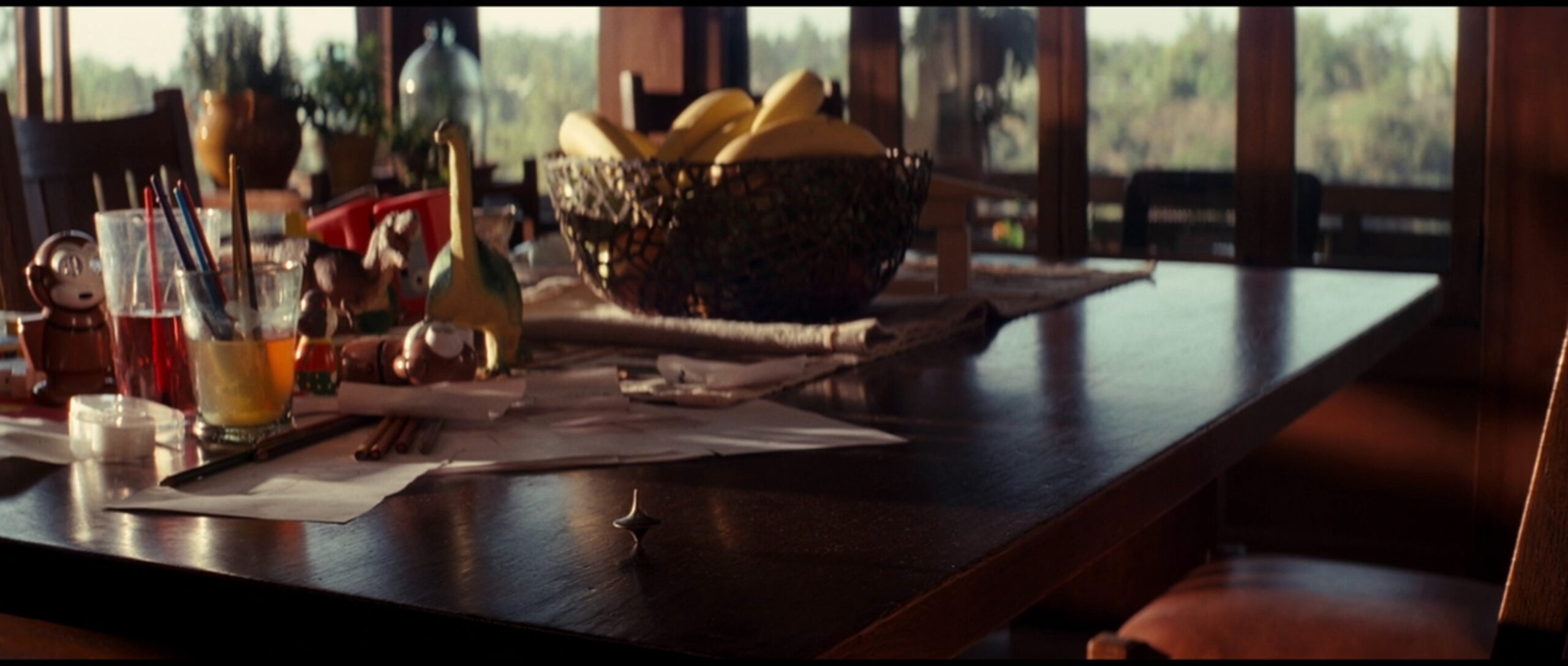
The top is the main symbolic object in Inception. It was Mal’s way of telling dream from reality. After her death, Cobb uses it for the same job. Multiple times we see him spin the top while he’s on the brink of a panic attack. Only when it falls over does he calm down. Because Nolan makes the top such a strong and clearly defined symbol, it makes the last shot this amazingly powerful moment. A scene that could have absolutely zero stakes and be 100% heart warming is, instead, full of tension, all because Dom spins the top before seeing his kids. Because it hasn’t fallen over, now the audience has to worry if what they’re seeing is real or not. It challenges our sense of omniscience. But is also a crucial thematic moment, as it’s part of Nolan’s statement on the fine line between reality and fantasy. That sometimes dreams feel real. And sometimes reality can feel like a dream.
What are your thoughts?
Are there more shots you think should be part of the Colossus Movie Guide for Inception? Leave your thoughts below and we’ll consider adding them.

